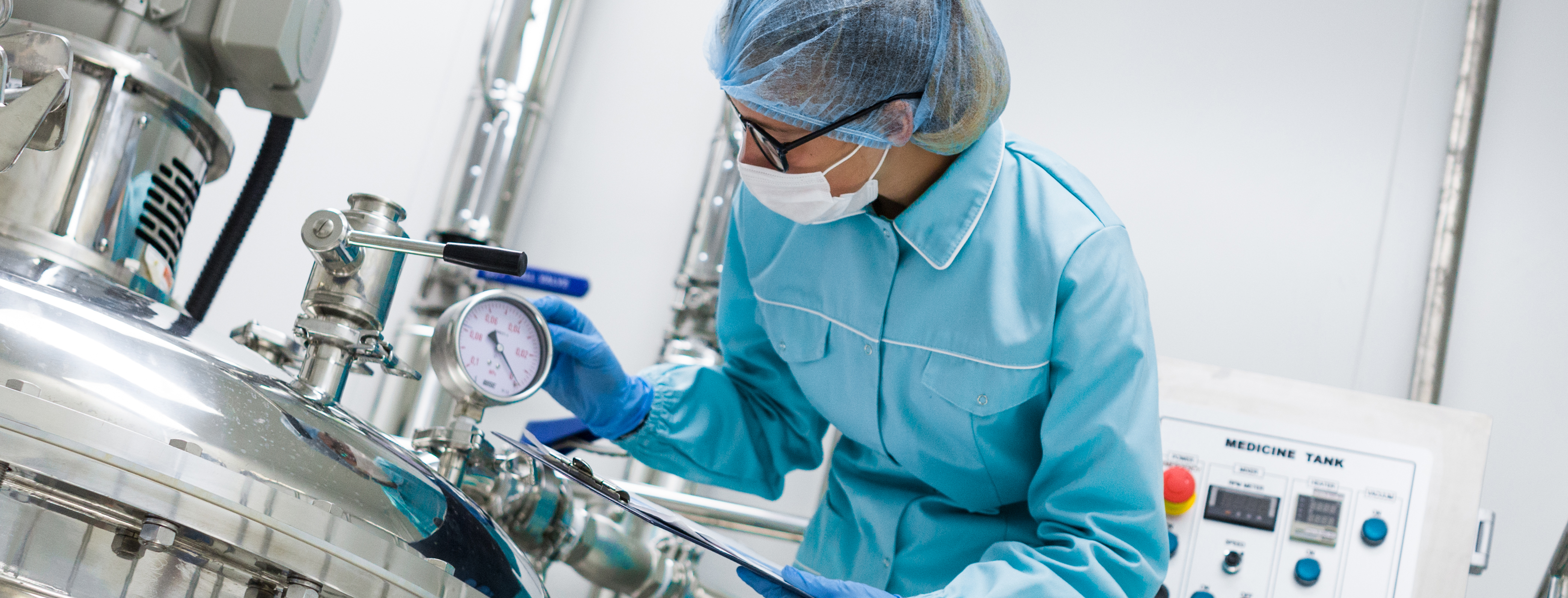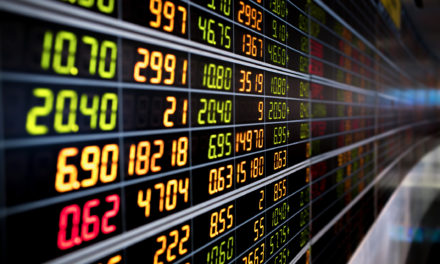
“When we own portions of outstanding businesses with outstanding managements, our favorite holding period is forever.”
— Warren Buffett
Such a great quote from Warren Buffett, highlighting the importance of investment time horizon when considering making an investment. In the short run, who knows what the stock market will do? A week or two after buying any given stock, could the entire stock market fall out of bed? Quite possibly! Should that happen, how would you react? It is an excellent question to think about before hitting the buy button.
For investors who take a multi-year time horizon, the important thing is not what happens in the next week or two, but what the result will be over the long haul. Today, we look at the result investors of the year 2005 experienced, who considered an investment in shares of Eli Lilly (NYSE: LLY) and decided upon a two-decade investment time horizon.
| Start date: | 01/10/2005 |
|
|||
| End date: | 01/08/2025 | ||||
| Start price/share: | $56.94 | ||||
| End price/share: | $787.22 | ||||
| Starting shares: | 175.62 | ||||
| Ending shares: | 320.46 | ||||
| Dividends reinvested/share: | $49.41 | ||||
| Total return: | 2,422.74% | ||||
| Average annual return: | 17.51% | ||||
| Starting investment: | $10,000.00 | ||||
| Ending investment: | $252,390.20 | ||||
The above analysis shows the two-decade investment result worked out exceptionally well, with an annualized rate of return of 17.51%. This would have turned a $10K investment made 20 years ago into $252,390.20 today (as of 01/08/2025). On a total return basis, that’s a result of 2,422.74% (something to think about: how might LLY shares perform over the next 20 years?). [These numbers were computed with the Dividend Channel DRIP Returns Calculator.]
Dividends are always an important investment factor to consider, and Eli Lilly has paid $49.41/share in dividends to shareholders over the past 20 years we looked at above. Many an investor will only invest in stocks that pay dividends, so this component of total return is always an important consideration. Automated reinvestment of dividends into additional shares of stock can be a great way for an investor to compound their returns. The above calculations are done with the assuption that dividends received over time are reinvested (the calcuations use the closing price on ex-date).
Based upon the most recent annualized dividend rate of 6/share, we calculate that LLY has a current yield of approximately 0.76%. Another interesting datapoint we can examine is ‘yield on cost’ — in other words, we can express the current annualized dividend of 6 against the original $56.94/share purchase price. This works out to a yield on cost of 1.33%.
One more piece of investment wisdom to leave you with:
“Confronted with a challenge to distill the secret of sound investment into three words, we venture the motto, Margin of Safety.” — Benjamin Graham



